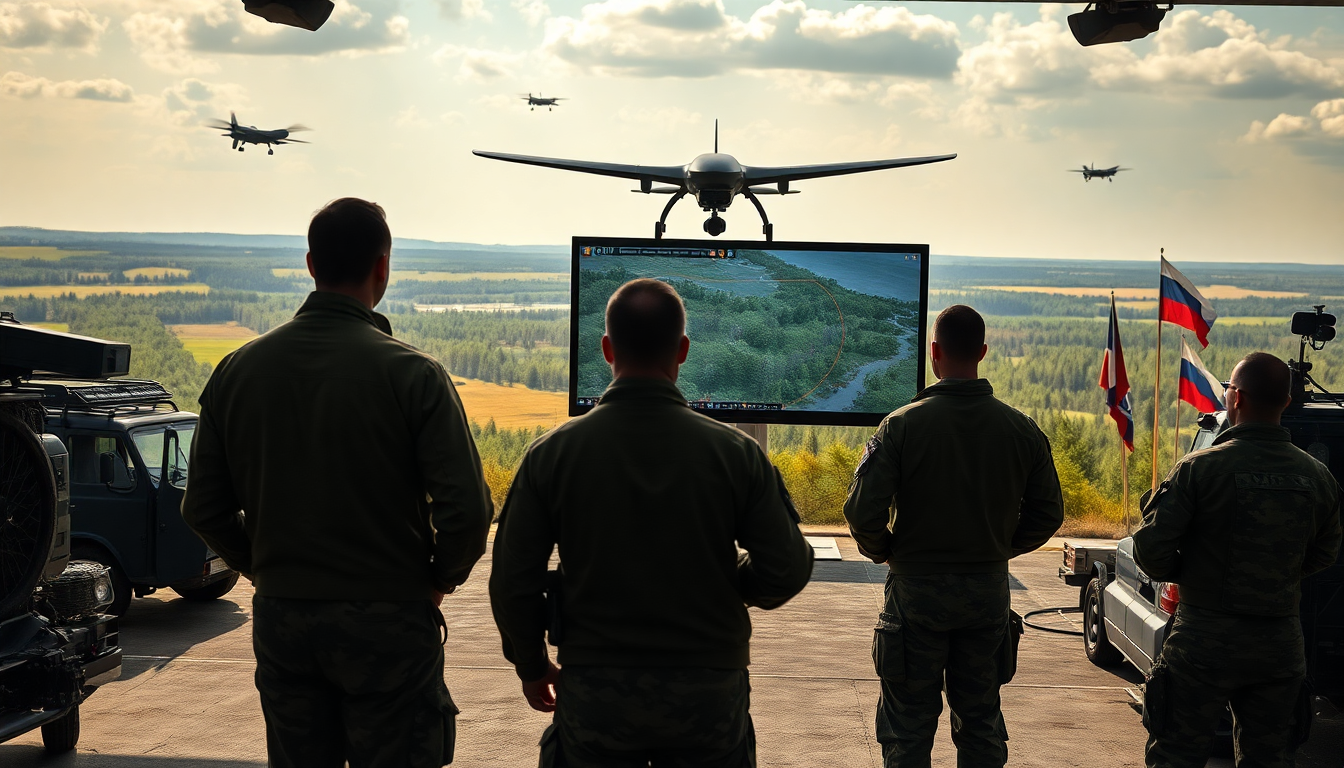Table of Contents
The geopolitical landscape in Eastern Europe is heating up, and recent incidents involving Russian drones have raised alarm bells across NATO member states. With the ongoing conflict in Ukraine, these drone incursions are more than just aerial violations; they pose a serious challenge to NATO’s collective defense commitments and spark questions about the alliance’s readiness to tackle hybrid threats. Let’s dive into the recent drone incidents, how NATO and its member states are responding, and what all this means for the future of regional security.
The Current State of NATO-Russia Relations
As tensions between NATO and Russia continue to rise, all eyes are on the actions of the Kremlin. In recent weeks, drones reportedly launched from Belarus have breached Lithuanian airspace, prompting a strong reaction from military and political leaders in the region. These drones have flown considerable distances and posed direct threats to critical sites, including military zones. It’s a troubling pattern that suggests Russia may be testing NATO’s resolve. But what exactly does this mean for the alliance?
NATO’s Article 5—often summarized as “an attack on one is an attack on all”—is at the center of current discussions. While it remains uncertain whether these incursions are intentional provocations designed to test NATO’s boundaries, the Kremlin’s apparent indifference to the consequences of such actions raises serious questions about the alliance’s unity and operational readiness. The response—or lack thereof—from NATO after these incidents has left many speculating about the alliance’s commitment to its defensive obligations.
Recent Incidents and Their Implications
Take, for example, a recent incident where a drone carrying explosives loitered near Vilnius, Lithuania’s capital, before crashing in a military training area. This alarming event, combined with another drone incursion that led to the evacuation of high-ranking officials, highlights just how precarious the security situation is. Lithuanian Defense Minister Dovilė Šakalienė described these incursions as unprecedented, calling for a review of national defense protocols and a bolstered NATO air defense system. Who wouldn’t feel a bit uneasy with drones buzzing around military sites?
Romania, facing similar challenges, has taken proactive steps by enacting legislation that allows its forces to intercept unauthorized drones. This move underscores the importance of national measures to protect sovereignty while also emphasizing the need for a united NATO response. Experts agree that hybrid threats like these demand comprehensive strategies that tackle both immediate security concerns and the long-term implications for NATO’s collective defense posture.
Looking Ahead: NATO’s Strategic Responses
As this situation unfolds, it’s clear that NATO needs to reassess its strategies when it comes to hybrid warfare. The growing use of drones as tools for asymmetric warfare presents a unique challenge, demanding innovative defense tactics. Analysts are urging NATO to boost its readiness not just through military might, but also via improved intelligence-sharing and cooperative defense measures among member states. After all, teamwork makes the dream work, right?
Moreover, we can’t ignore the political implications of these incidents. As countries navigate the complexities of international relations in this fast-changing world, unity within NATO is more crucial than ever. The ability to respond collectively to provocations will not only deter further incursions but also strengthen the alliance’s credibility in the eyes of adversaries.
Looking forward, the potential for escalations remains high, making it essential for NATO to stay vigilant and adaptable. The lessons learned from these recent drone incursions will undoubtedly influence NATO’s future defensive strategies and its approach toward Russian aggression. So, what’s next for NATO? Only time will tell, but one thing’s for sure: the stakes have never been higher.


